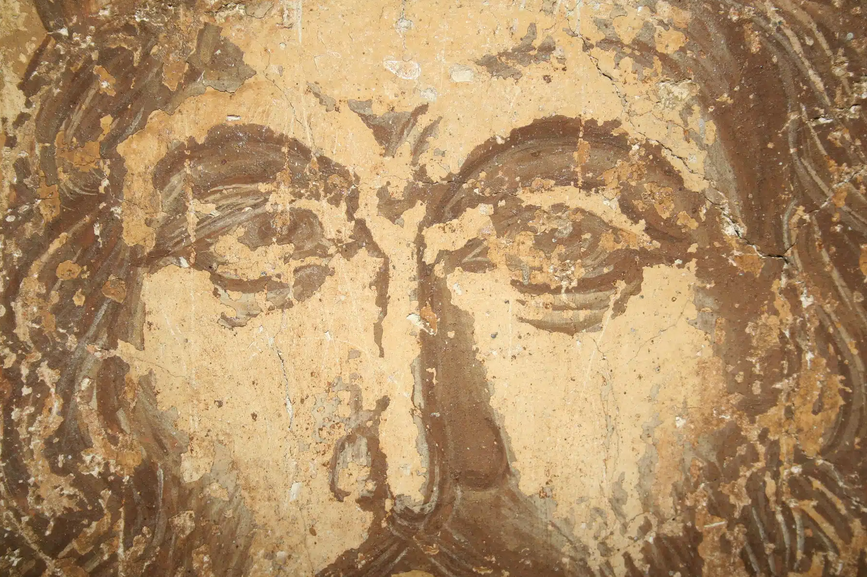The Pelasgians, shrouded in mystery and myth, are often regarded as the earliest known inhabitants of Greece, predating the classical Greek civilizations by centuries, if not millennia. These enigmatic people are referenced in ancient texts, yet their true origins, language, and culture remain subjects of speculation and debate. Nonetheless, they hold a crucial place in the history of the region, representing a pre-Hellenic foundation upon which later civilizations were built.
Origins and Identity
The term "Pelasgian" itself is a catch-all designation used by ancient Greek authors, such as Homer, Herodotus, and Thucydides, to describe the indigenous peoples of the Aegean before the arrival of the Greeks. According to Herodotus, the Pelasgians were a widespread and influential people who lived in areas ranging from Thessaly and Epirus to the islands of the Aegean and even parts of Anatolia.
However, the origins of the Pelasgians remain obscure. Some theories suggest they were an autochthonous population, meaning they were native to the region and had been there since prehistoric times. Others propose that they were migrants from the Near East, the Balkans, or other parts of Europe. Archaeological evidence, while sparse, hints at a culture that predates the Mycenaeans and Minoans, the two prominent early civilizations of Greece.
Language and Culture
One of the greatest mysteries surrounding the Pelasgians is their language. Ancient sources, including Herodotus, mention that the Pelasgians spoke a "barbarian" tongue, distinct from the Greek language. This has led to speculation that they may have been part of an earlier linguistic group unrelated to the Indo-European family, to which Greek belongs. However, no direct evidence of their language survives, leaving the question unanswered.
Culturally, the Pelasgians are often associated with early forms of architecture and settlement. Many ancient structures, such as the Cyclopean walls found in Mycenae and Tiryns, have been attributed to them. These massive stone constructions, so impressive that they were said to be built by giants, suggest a sophisticated level of engineering and societal organization. The Pelasgians are also linked to the establishment of sanctuaries and early forms of worship, with some ancient sources crediting them with the introduction of deities and rituals later absorbed into Greek religion.
Legacy and Influence
While the Pelasgians may have faded from history as a distinct people, their influence is thought to have permeated the cultures that followed them. Elements of their language, customs, and architectural techniques likely blended with those of the invading Indo-European Greeks, contributing to the development of what we now recognize as classical Greek civilization.
Moreover, the memory of the Pelasgians persisted in Greek literature and oral traditions, often romanticized as a golden age of primordial Greece. They were sometimes depicted as a peaceful, agrarian society, living in harmony with nature and the gods. This nostalgic view highlights their importance in the collective memory of the Greeks as a foundational layer of their heritage.
Modern Interpretations
Modern scholarship continues to grapple with the enigma of the Pelasgians. Advances in archaeology, genetics, and linguistics have offered glimpses into the prehistoric Aegean world, but a definitive understanding of the Pelasgians remains elusive. They serve as a reminder of the complexity and depth of human history in the region, standing as a symbol of the enduring mysteries of ancient civilizations.
In conclusion, the Pelasgians occupy a unique place in the history of Greece as its oldest known inhabitants. While much about them remains unknown, their legacy can be seen in the cultural and architectural foundations of the ancient Greek world. As research continues, the story of the Pelasgians may yet yield new insights into the origins of civilization in the Aegean.
Source:
http://www.perseus.tufts.edu/hopper/searchresults?q=pelasgian
https://www.gutenberg.org/files/2707/2707-h/2707-h.htm
https://www.oxfordreference.com/display/10.1093/acref/9780198609810.001.0001/acref-9780198609810-e-5325








